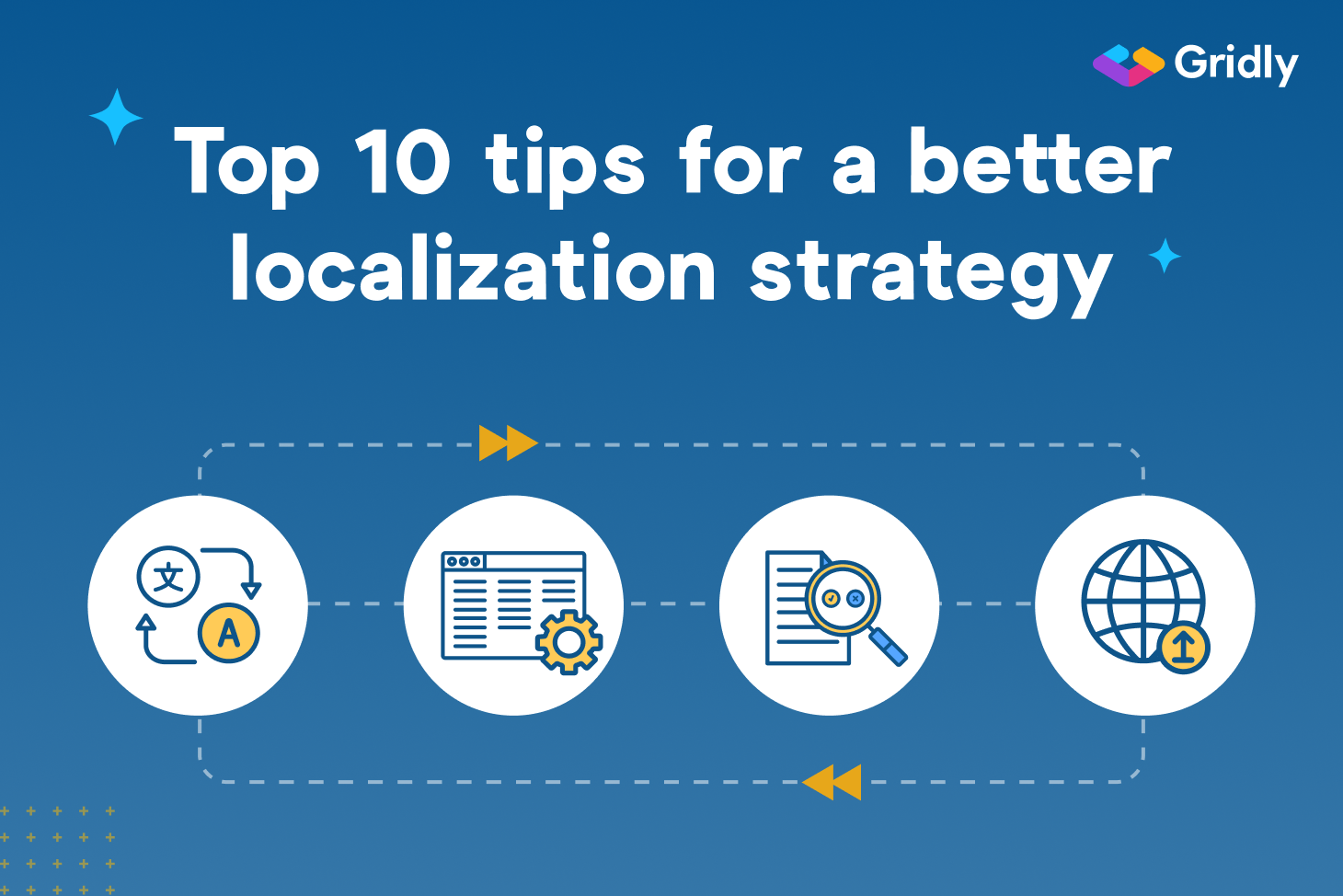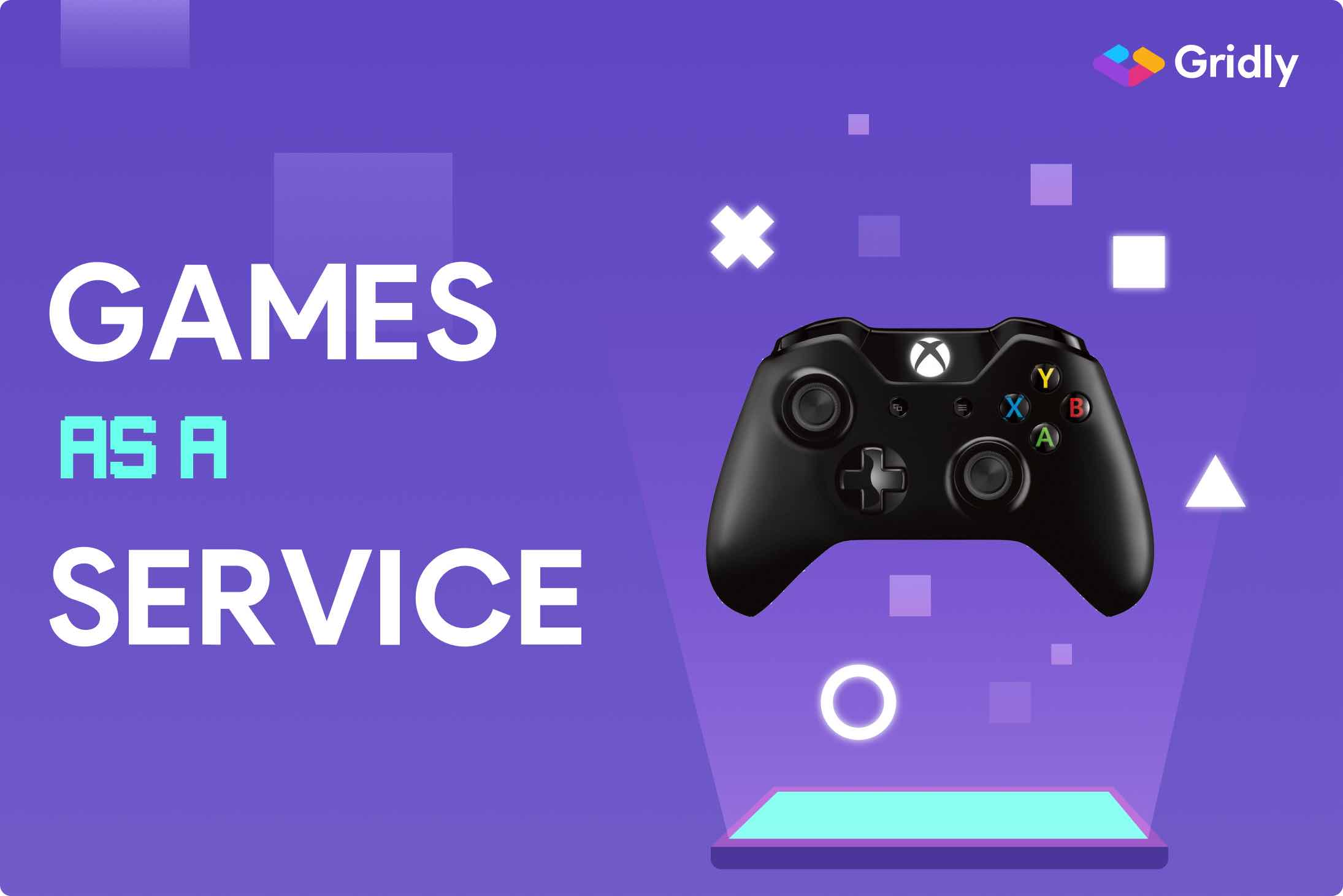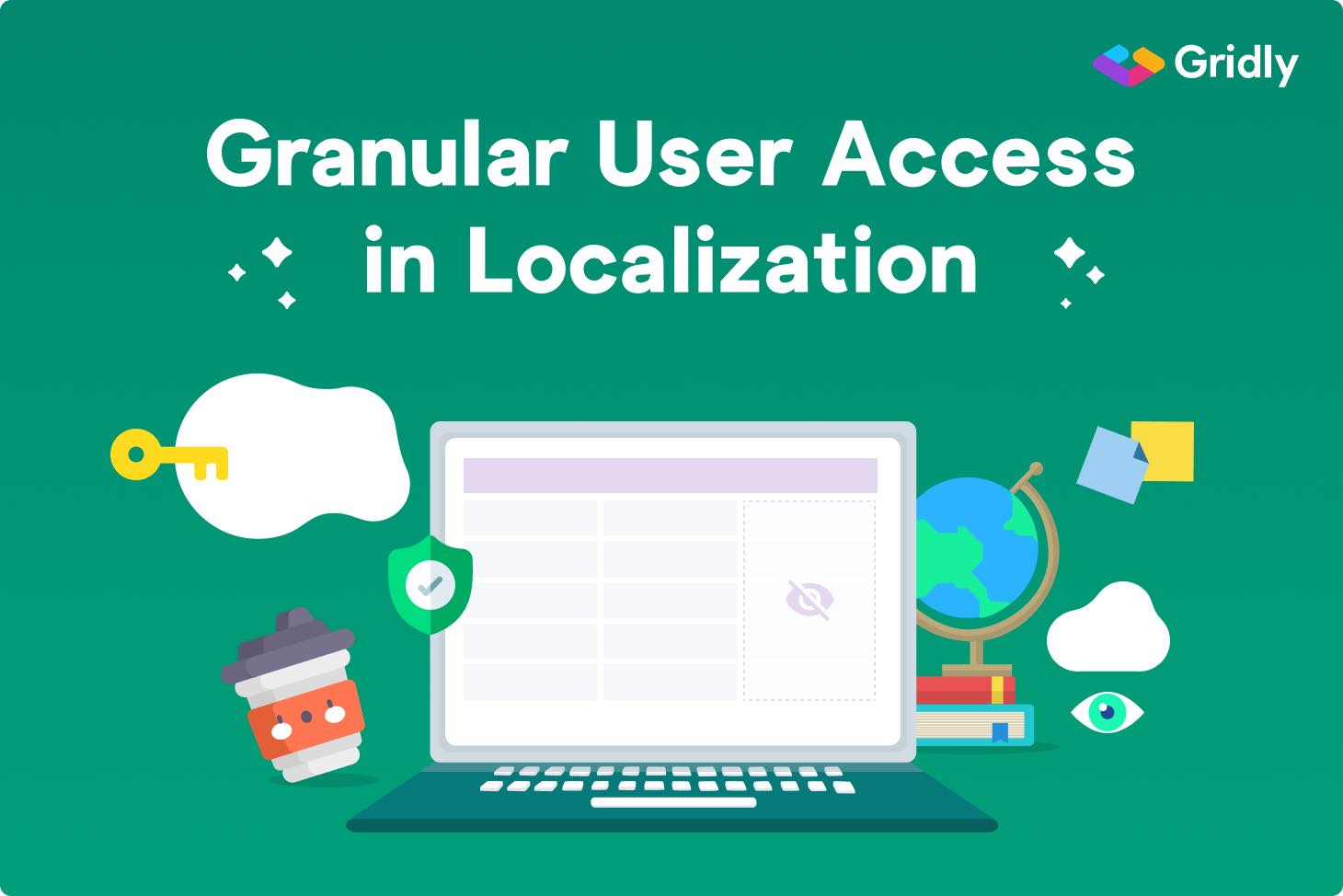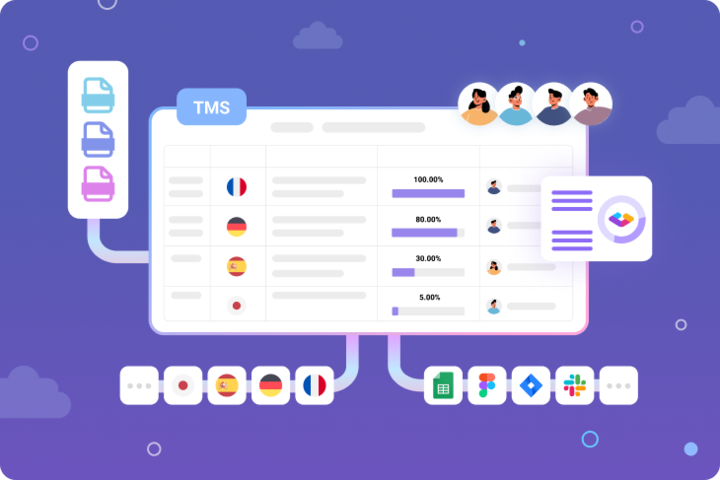How to create a localization strategy
Your localization strategy is your plan to bring your products, services, and content to audiences around the world. It’s a necessary element for international success. Find out how to build the best localization strategy — and how a localization-focused content management platform like Gridly can make things even easier.
1. Extensively research each target market
Thorough research is the foundation of an effective localization strategy. Localization is much more than simple translation — you need to meet your audience where they stand, from a position of cultural understanding and empathy.
Branding and messaging are culturally specific — what works well with one audience might fall flat with another. Embrace the values and expectations of each target market, and you’ll be much better prepared to delight them with relevant content.
2. Hire local experts
Translation and localization are two different things, and the former is just the tip of the iceberg when it comes to a global localization strategy. To best engage your target markets, trust the job to local experts — people from or with significant experience in the areas you’re trying to reach.
Local experts can do much more than give you the most accurate translations. They’ll also clue you into the cultural preferences, business trends, expectations, habits, market-specific competitors, and promotional strategies that will work best in each area. An effective brand localization strategy begins with skilled local experts.
3. Use a localization glossary
A localization glossary is an essential component to an efficient localization workflow and content localization strategy. Also known as a termbase, a glossary contains all the most important words in your project along with the desired translations in each target language.
This makes it much easier for translators to pick the correct translations for tricky words while avoiding undesired word choices. The benefits of a localization glossary include more accurate translations, a smoother workflow, greater consistency, and so much more.
It’s super easy to create a glossary in Gridly. And once you do, you’ll be able to easily share it with your entire team — making the overall localization process that much simpler and quicker.
4. Customize your social media plan
Your social presence must be a major component of your brand localization strategy in any market — and when it comes to social media platforms, one size definitely does not fit all. A popular platform in one market may be unheard of in another.
For example, if you’re trying to break into the Chinese market, you’ll want to make WeChat a core facet of your social media localization strategy. Localization is all about integrating your brand into the lives people are already living, and that means talking to them on their favorite social media apps.
5. Optimize for mobile devices
More people currently use mobile devices over desktop computers to browse the web. In Africa and Asia, over 60% of internet users get online via their mobile devices.
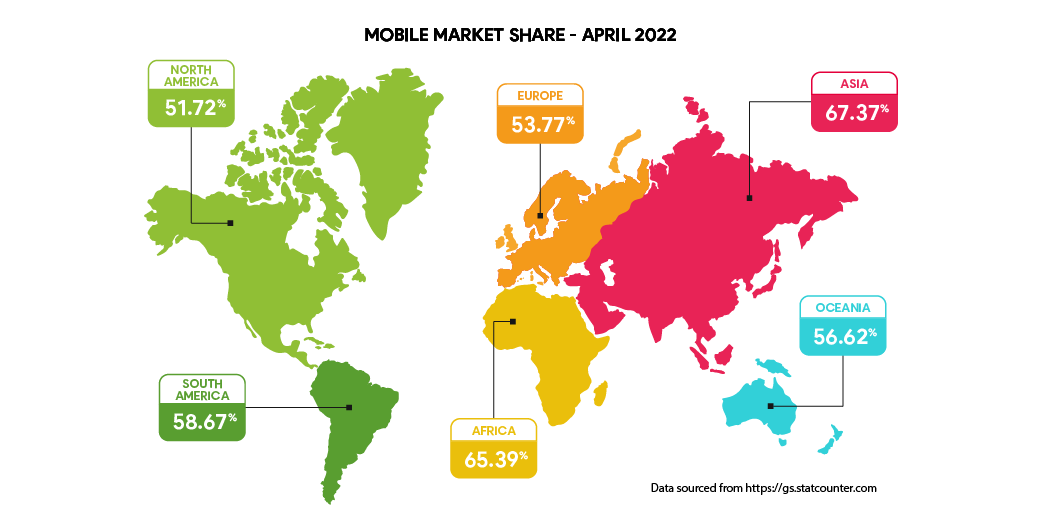
Focus on quick loading times and adaptive design to bring mobile users the best possible experience. This goes double as one of our app localization tips — adjust your UX and UI to meet each market’s specific preferences.
6. Design for multiple languages at once
A global localization strategy goes beyond content — your website, app, and other assets will need to handle a variety of font sizes and word lengths while still looking great. A UI that suits one language may look awkward when used to display translated content.
For example, many Chinese words may be shorter than their English counterparts. Meanwhile, Arabic and Hebrew read right-to-left as opposed to left-to-right. Your website localization strategy needs to take these linguistic differences into account.
Minimize last-minute design surprises with a content management system that can preview content before pushing it live. You’ll know right away whether a bit of text is too long, or if a certain portion of your interface needs to be redesigned.
It’s easy with Gridly — just create a new branch, test your work, then merge it back into the primary project once everything is finished and looking great.
7. Know when to transcreate
Transcreation is the process of rewriting copy from scratch in a new language. If you’re working with dialogue or clever copy, you may run into puns or other linguistic tricks that don’t make immediate sense when translated directly.
Go further than translation with your game localization strategy — give your translators the freedom to transcreate the content instead, preserving the original mood and style while ensuring clear communication to connect directly with your audience.
8. Use local keywords to maximize SEO performance
Even the world’s greatest content is useless if no one can find it. And that requires a commitment to SEO. The search queries and keywords that perform best in your source language might not be the most optimal terms when translated directly.
Instead, conduct SEO research separately in each target market and language. Your translators then can use these keywords in their work to ensure that local readers find your content. Local SEO research is a cornerstone for a high-performance website localization strategy.
9. Support local payment platforms
A truly effective localization framework encompasses your entire brand presence in a given market. And if you’re selling a product or service, you’ll want to make the payment process as effortless as possible. This means adding support for local payment systems.
Not everyone has a credit card. In the EU, bank transfers are commonplace, while in China, support for WeChat and AliPay is a must. Make it easy for people to pay you, then watch your sales skyrocket in response.
10. Integrate your CMS with your CAT tools
An efficient localization strategy saves time and money while delivering better results, and integration is a major part of what brings it all together. The best way to experience the chief benefits of this localization strategy is to choose a content management platform that ties everything together.
Gridly sits between your product and your translation software and manages all your content — not just text and translations, but images, videos, audio files and more. Gridly can also pull content from Google Sheets and seamlessly add it right into your project.
With integrations for Unity and Unreal as well as memoQ and Memsource, Gridly is an ideal central hub for a streamlined localization workflow.

Optimize your localization strategy with the right tools
The advantages of a localization strategy are easy to miss when you’re wasting time and energy on an under-optimized process. An agile localization workflow empowers you to delight a global audience with exciting content that speaks directly to them and meets them where they stand.
With an intuitive spreadsheet interface and unlimited flexibility, Gridly is a content platform that makes localization management as effortless as possible. Pull content from any source and push it directly into your projects, experiment and preview changes, automate your workflows, and so much more.
